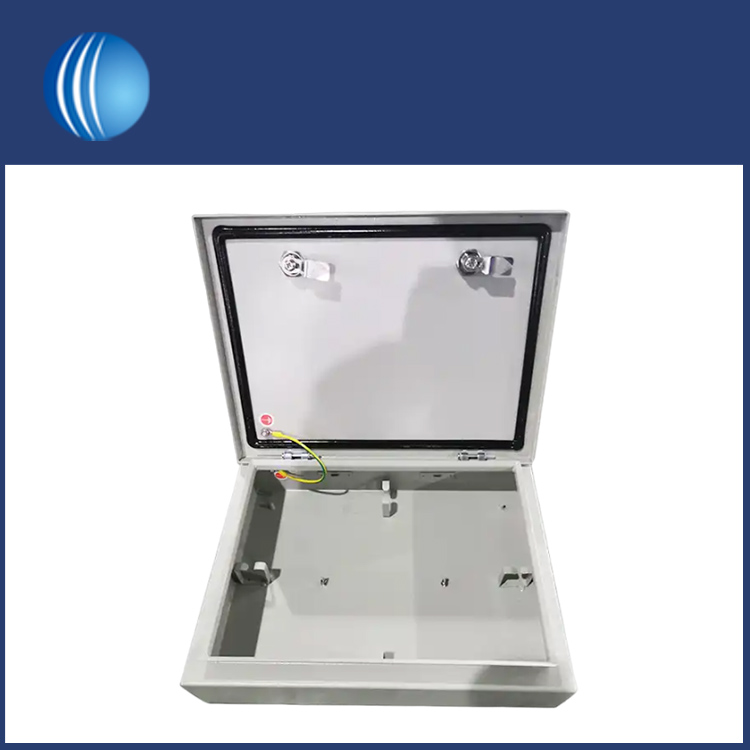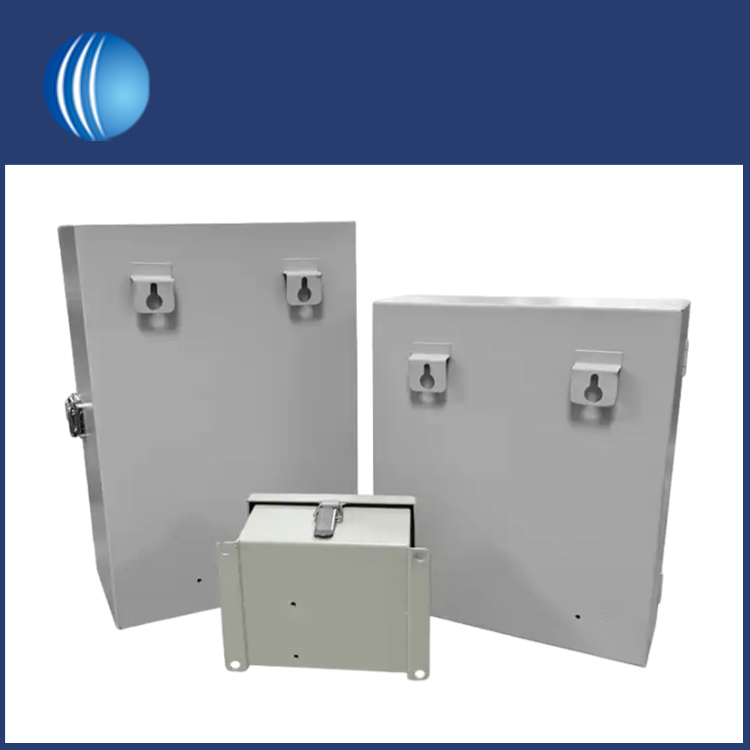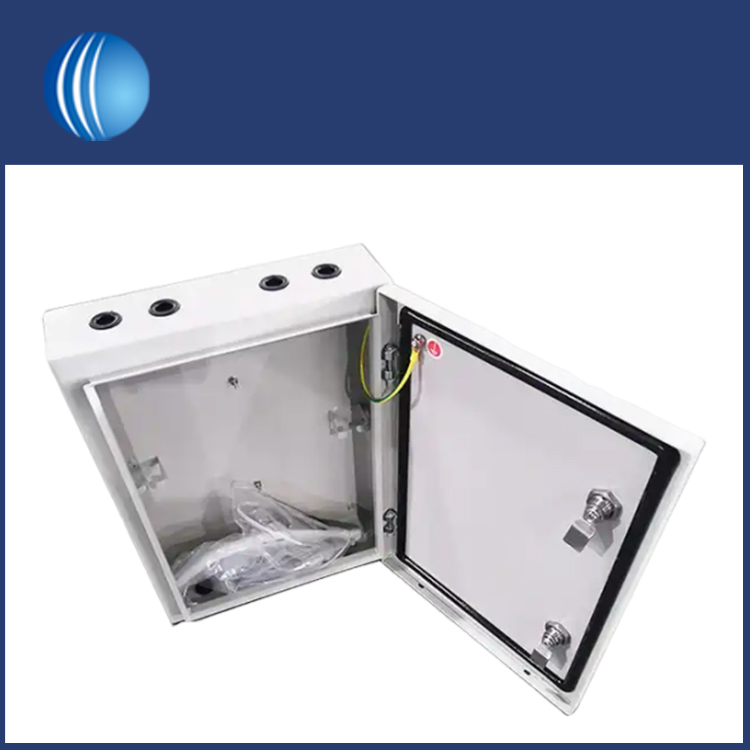
When selecting an aluminum distribution box, it's essential to consider factors such as size, IP (Ingress Protection) rating for water and dust resistance, and the specific requirements of the electrical components that will be housed within the box. Shouke® suppliers have professional personnel to answer your questions.
An aluminum distribution box typically refers to a box or enclosure made of aluminum that is used for housing and organizing electrical components, particularly in the distribution of electrical power. These boxes are commonly used in various industrial, commercial, and residential settings to protect electrical connections, wires, and other components.
Extending the service life of an aluminum distribution box involves proper installation, maintenance, and adherence to certain best practices. Here are some tips to help you maximize the lifespan of an aluminum distribution box:
Proper Installation:
Follow the manufacturer's installation guidelines and local electrical codes to ensure a correct and safe setup.
Provide adequate spacing around the aluminum distribution box, especially if it contains components that generate heat.
Install the box securely, ensuring it is level and stable.

Environmental Considerations:
Choose the appropriate IP (Ingress Protection) rating based on the environment where the box will be installed. For example, if it's outdoors, it should be rated to protect against water and dust.
Implement additional protective measures if the aluminum distribution box is exposed to harsh weather conditions, such as direct sunlight, rain, or extreme temperatures.
Regular Inspection:
Conduct regular visual inspections of the aluminum distribution box to identify any signs of corrosion, damage, or wear.
Check the integrity of seals and gaskets to ensure they are intact and providing proper protection against moisture ingress.
Corrosion Prevention:
While aluminum is corrosion-resistant, consider using corrosion-resistant coatings or treatments for added protection, especially in corrosive environments.
Address any scratches or damage promptly by applying touch-up paint or a suitable corrosion inhibitor to protect the exposed metal.

Temperature Control:
Ensure proper ventilation within the aluminum distribution box to facilitate the dissipation of heat generated by enclosed electrical components.
Avoid exposing the box to excessive heat or direct sunlight, as this can impact both the box and the components inside.
Cable Management:
Organize and secure cables inside the distribution box to prevent strain on connections and potential damage.
Routinely inspect cables for signs of wear or fraying, and replace any damaged cables promptly.
Upgrades and Retrofits:
Consider upgrading the aluminum distribution box if there are changes to the electrical system or if the current box is outdated.
Retrofit the box with new components or features to meet evolving needs or changing industry standards.
Follow Manufacturer Recommendations:
Adhere to the maintenance guidelines and recommendations provided by the manufacturer.
If modifications or repairs are necessary, consult the manufacturer's documentation for guidance to ensure that changes are made correctly and do not compromise the integrity of the distribution box.
By diligently following these steps, you can enhance the longevity of an aluminum distribution box, minimizing the risk of issues and ensuring the continued reliability of your electrical system. Regular maintenance and adherence to best practices are key to optimizing the service life of electrical enclosures and components.
